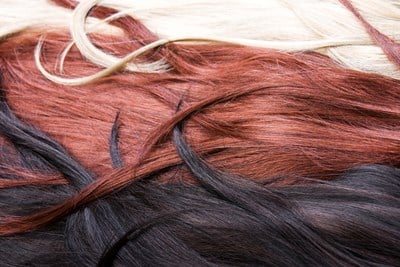When you want to slightly change your hair or simply give it more dimension, highlights and lowlights are great options. These semi permanent hair colors or permanent hair colors are significantly less drastic than dying your whole head, but they will still make your hair more visually interesting and voluminous. Once you’ve decided that you do want to color your hair, how do you choose between highlights and lowlights? Well, it depends on the effect you are looking for, your hair color, and your skin tone.
Lowlights: The Basics
Lowlights are darker strands of color that are dispersed throughout your hair to add depth and texture. In order for the lowlights to blend seamlessly with your natural hair color, be sure to pick a hue that is no more than three shades darker than your natural hair color. Lowlights can work with just about any skin tone and hair color, but they work best for those who have naturally semi-dark hair and skin. Some great shades you can choose from if you have brown or black hair are: plum, auburn, chocolate, or cinnamon. Lowlights can definitely still work for those with fair skin and light hair, but you will have to take care to choose shades that aren’t too dark and bold. The best lowlights for those with fair coloring are bronze, honey, or beige.
Highlights: The Basics
Highlights are lighter strands of color that are distributed throughout your hair to add radiance, depth, and movement to your natural hair color. Highlights typically look best on medium-light hair, but you can make them work for just almost any hair color and skin tone. The only combination highlights don’t work as well for is fair skin and platinum blonde hair. If you have very light-colored hair, you may want to opt for subtle lowlights instead of highlights.
For any other hair color, choose highlights that are only a couple shades lighter than your natural hair, or you may end up with a skunk-like ‘do. You will also need to figure out if cool tones or warm tones look best against your skin, and an easy way to do that is to hold a piece of something silver-colored and something gold-colored to your face. Whichever tone looks better with your skin is the one you should choose to complement your face and and hair.



